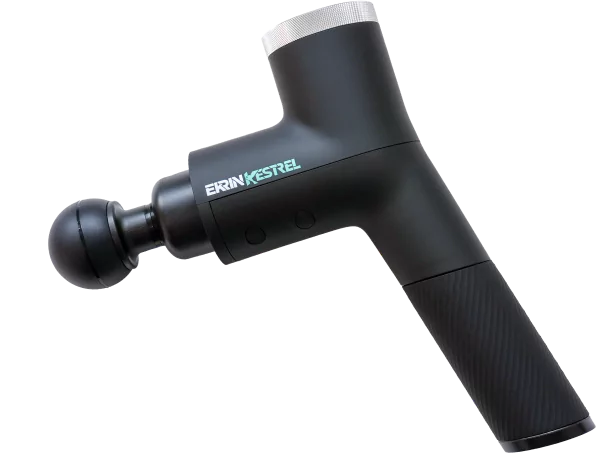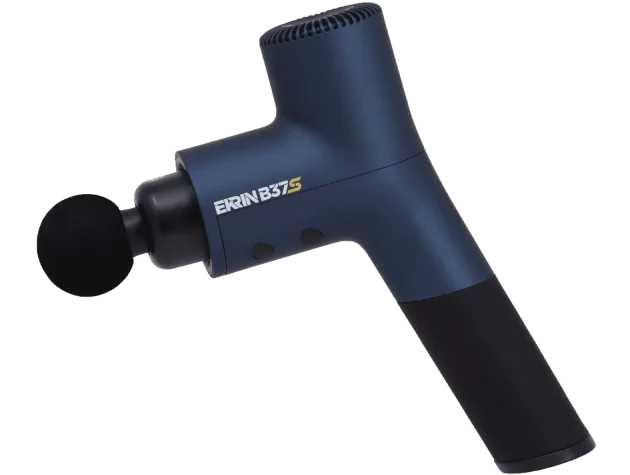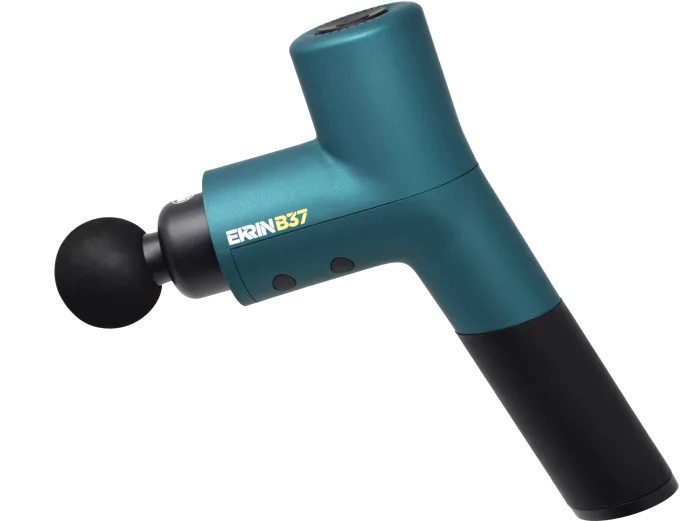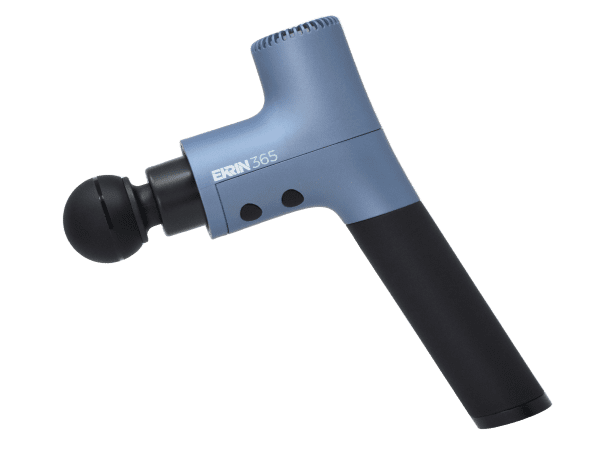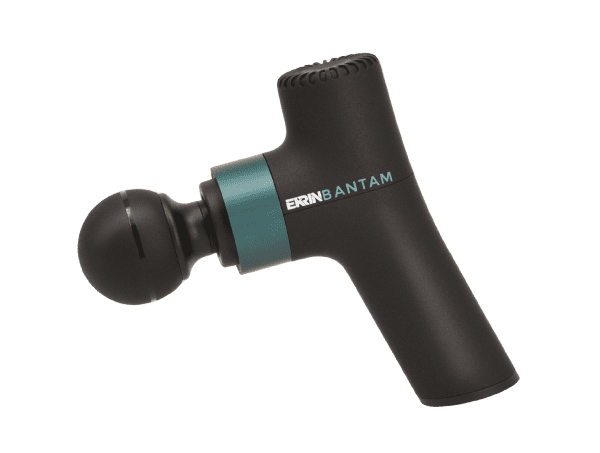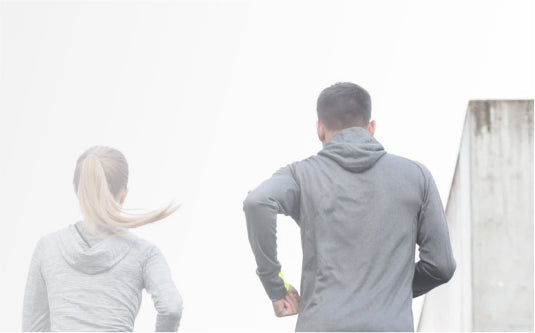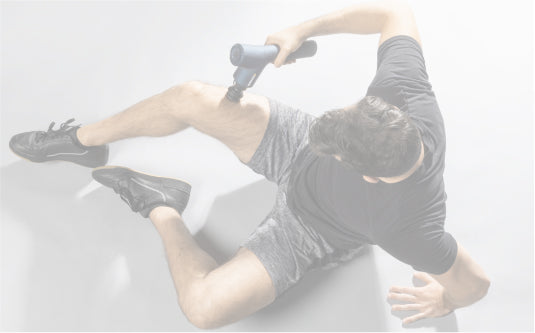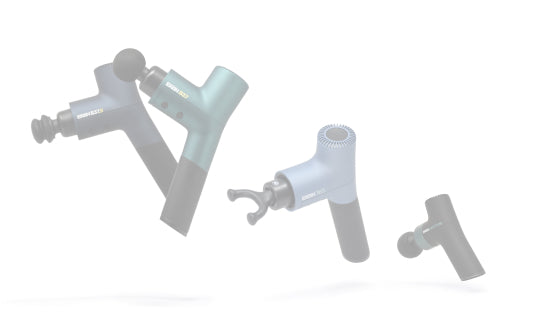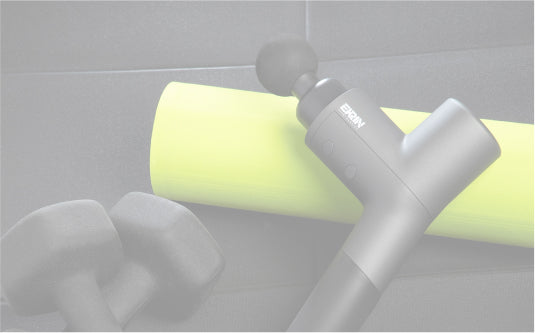
Earth Day is quickly approaching, and there’s no better way to celebrate nature than by exercising outdoors. Hiking is a great form of exercise with many health benefits, both physical and mental. A regular hiking routine can help lower your blood pressure, reduce feelings of depression and anxiety, improve your sleep quality, reduce your risk of heart disease, preserve your bone density, and strengthen your muscles (Cleveland Clinic, 2022). But as with any exercise, you should always adhere to safety measures when hiking. Read on to learn how to stay safe while enjoying a hike through nature.
Hiking Safety Tips
The great outdoors is an excellent place to exercise. Research has demonstrated the positive effects of spending time in nature, including improved physical health, reduced feelings of stress, and elevated mood (Mind, 2024). However, as relaxing as nature can be, it can also be unpredictable and dangerous at times, which is why it’s best to be prepared. While hiking, keep these safety tips in mind to get the most out of your experience.
Wilderness safety experts advise that you should always bring a friend along with you when going on a hike. This helps prevent situations where you’re stranded by yourself in an emergency. Before beginning your hike, make sure you and your companions agree on the length and intensity of the hike, as well as an emergency plan (Todd, 2019).
Creating a rough itinerary for your hike is a necessary precaution to take before you embark. You and your hiking party should all agree on a start time and location of your hike, the route, and the anticipated end time. It’s also a good idea to send this information to a friend or family member who isn’t going on the hike so that they can relay it to search and rescue services if something goes wrong (Todd, 2019).
You can’t always predict the weather, so in addition to checking the forecast before your hike, research the kind of inclement weather events that are common in the area during this time of year and what to do if you are caught in them. This information should be available on the park’s website, or you can consult the park rangers. Whatever the forecast, it’s always a good idea to wear or bring extra layers so you don’t get too cold or overheated (Cleveland Clinic, 2022; Todd, 2019).
Hiking essentials are meant to keep you safe in the event of an emergency or prevent an emergency from arising in the first place. The Mountaineers, a non-profit organization that promotes outdoor safety, recommends packing 10 essential items for every hike: a first aid kit, navigation tools, sun protection, a flashlight or other illumination tool, a repair kit, food, water, extra layers, a fire starter, and an emergency shelter (Todd, 2019).
How Massage Guns Can Keep You Safe in the Outdoors
Massage guns are a fantastic companion to any form of physical activity, hiking included. Percussive therapy has a myriad of benefits that will help you feel your best and stay in peak health. The next time you embark on a hike, try using a massage gun to supplement your exercise. Here are a few ways massage gun therapy can elevate your outdoor activities.
Massage gun therapy is a great way to speed up the post-workout recovery process. Research has demonstrated the value of incorporating vibration therapy into warm-up and cool-down routines. Use a massage gun before a hike to help boost recovery by preventing muscle soreness and fatigue and improving muscle endurance and strength. Meanwhile, using a massage gun afterward can limit delayed onset muscle soreness (DOMS) and relieve muscle aches (Eresman, 2023; LaMarco, 2023).
In addition to reducing recovery times, massage guns can also help prevent injury. Warming up is a necessary step before engaging in any form of exercise, and massage guns can aid in preparing the muscles for more intense physical activity. When used before a hike, massage guns can raise muscle temperature, thereby increasing flexibility and elasticity. Massage guns also help to oxygenate your muscles, supplying them with the energy you need to get through your hike and reducing the risk of injury (Petersen, 2023; UCLA Health, 2022).
Hiking is a great way to boost your emotional and physical well-being, and complementing your hike with massage gun therapy helps ensure you get the most out of the experience. As percussive therapy becomes increasingly widespread, more people are turning to massage guns to supplement their daily fitness routines. If you’re looking to elevate your mental and physical wellness, now’s the time. Try out one of Ekrin’s massage guns today and see for yourself how percussive therapy can support your active lifestyle.
Experience Deep Relaxation Anytime, Anywhere.
Ekrin Athletics leverages cutting-edge science and technology to help you move better, prevent injury, accelerate recovery, and maximize your performance potential. Trusted by professional athletes, doctors, and physical therapists, Ekrin’s wellness products utilize innovative percussive technology to help you achieve your health and fitness goals.
For more information on Ekrin’s game-changing massage guns, visit our website.
Resources:
11 Benefits of Massage Guns: Pros and Cons
14 Essential Safety Tips to Follow Before and During Every Hike
Considering a massage gun? Here's what you need to know about percussive therapy
Do Massage Guns Really Work? Benefits, Uses, and More
How nature benefits mental health
What Happens To Your Body When You Use a Massage Gun Every Day?
Photo by seyfi durmaz from Pexels
This article is for educational and informational purposes only and is not intended for use as medical or health advice. For any health concerns or conditions, please talk to your doctor.
Written by Lauren Nee for Ekrin.com
